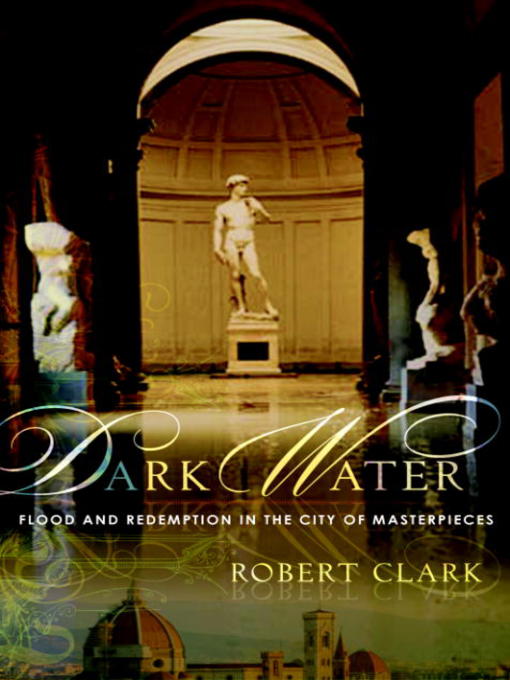
Dark Water
Flood and Redemption in Florence—The City of Masterpieces
کتاب های مرتبط
- اطلاعات
- نقد و بررسی
- دیدگاه کاربران
نقد و بررسی

July 28, 2008
The Arno River flood that deluged Florence, Italy, in 1966—killing 33 people and damaging 14,000 works of art and countless books and antiques—frames this meditation on the relationship between art and life. Clark (River of the West
) embarks first on a leisurely history of Florence's intertwined experience of great floods and great art, through the perceptions of Dante, Leonardo, E.M. Forster and other writers and artists. The world's rapt concern for Florence's cultural treasures contrasts sharply with its neglect of the city's inhabitants, Clark argues, offering his impressionistic account of the 1966 disaster as seen through the eyes of artists, photographers, volunteer “mud angels” who swarmed the city to help rescue its waterlogged art and Communist militants who organized relief for poor neighborhoods. He then follows the decades-long and rancorously debated restoration projects, especially the controversial rehabilitation of Cimabue's 13th-century Crucifix
, seeing in them a metaphor for artistic beauty as an endless work-in-progress. Clark's study is sometimes unfocused, but by building up layers of atmospheric chiaroscuro—the drying city, he notes, lay “lacquered in tints of warm earth and azzuro
sky... like pigments just brushed on and still moist”—he achieves an evocative portrait of Florence as its own greatest masterpiece.

Starred review from September 1, 2008
A devastating flood hit Florence in 1966, leaving destruction in its wake: millions of books and records and tens of thousands of Renaissance art works were damaged or lost. People died and property was lost, but it was the destruction of Florence's art treasures that drew the attention of the Western world. Volunteer workers"mud angels"arrived from all over, but no one knew how to rescue and restore art, including saturated works on paper, on such a massive scale. Clark uses this riveting story to meditate on the communion that exists between artist and viewer and on the mortality of even the greatest art. At the "Biblioteca Nazionale Centrale", six million books floated or were buried beneath water and viscous mud. Five of the ten gilded panels on Ghiberti's famous bronze doors were missing; three-quarters of the paint and gesso had flaked off Cimabue's crucifix. Clark combines a painter's eye with his skill as a writer: events come to life under his hand. When David Lees arrived to photograph a center spread for "Life" magazine, the "mud angels" were drying books and hanging them on clotheslines in the large hall in which they worked: "the book leaves looked like an enormous flock of doves descending." This exceptional work of popular history succeeds on all counts. It will satisfy the most discriminating reader. Enthusiastically recommended for large public and all academic collections.David Keymer, Modesto, CA
Copyright 2008 Library Journal, LLC Used with permission.

September 15, 2008
Clark provides a unique twist on the horrific flood that ravaged Florence on November 4, 1966, killing 33 people, leaving countless numbers homeless, and damaging a huge number of priceless art treasures and rare books. Instead of merely recounting the devastation, he reaches back into the past, analyzing the historical dichotomy between Firenze, the city where natives live and work, and Florence, the art mecca students, scholars, and tourists flock to visit. Interweaving eyewitness accounts and experiences from those who lived through the deluge of 1966 and those who came to help with salvage and restoration projects, he paints a vivid portrait of a natural disaster with an array of sociological and cultural consequences.(Reprinted with permission of Booklist, copyright 2008, American Library Association.)

























دیدگاه کاربران